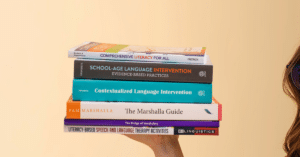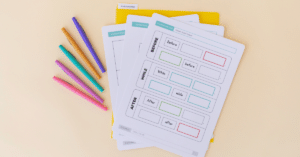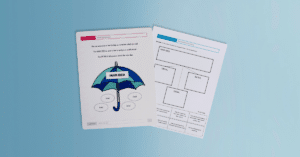What do we do now that our students are learning these words?
We’re doing so much work; we want to make sure these words stick! The good news is that there are things that we can do to set our students up for success!
1. Carefully Select Targets
Check out this blog post that dives into target selection!
2. Repeat, Repeat, Repeat
Students with delays/disabilities need more exposures. The average child needs 15 meaningful exposures for a word to become automatic (Marzano, 2004). Children with language impairment need more exposures (Pence & Justice, 2016). We need to provide students with adequate exposure before expecting mastery!
3. Make It Meaningful
We also have to make those exposures meaningful. Although it would be wonderful if they mastered a vocabulary target after repeating the definition 15 times, that’s not how it works!
Check out our framework blog post for some tips on how to make this happen!
4. Engage Students
“Vocabulary learning is effective when it entails active engagement that goes beyond definitional knowledge” (NRTAC, 2010). Check out our posts on vocabulary journals and apps for some ideas!
5. Communicate with Parents/Teachers
There is a tremendous amount of research on parent involvement. There are definitely some obstacles related to implementing this (especially for school-based SLPs), but Remind is a fabulous tool that can be used to bridge some of those gaps. Share what you’re doing in therapy and empower parents to be a support.
Want to hear more about vocabulary intervention?
Enter your name and email below to follow this series! We’ll send you a weekly email (and a bonus resource) to help you implement these vocabulary strategies with your caseload!




Reader Interactions